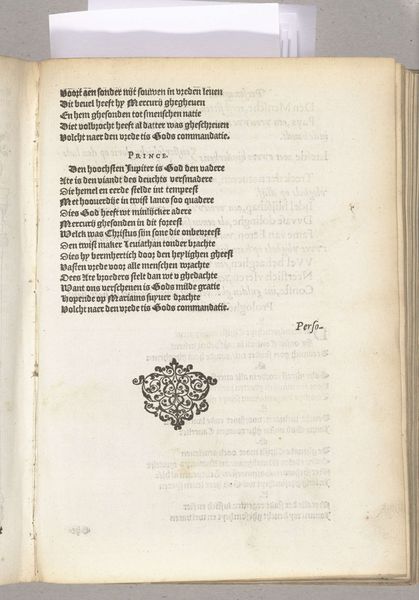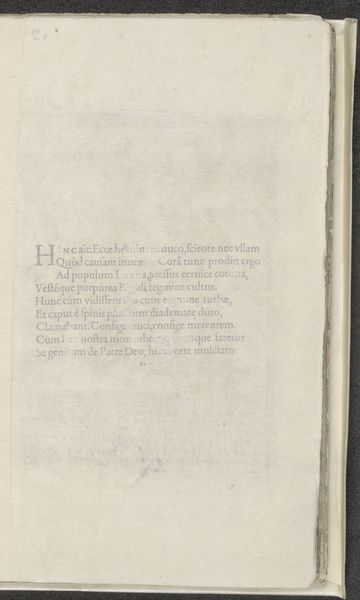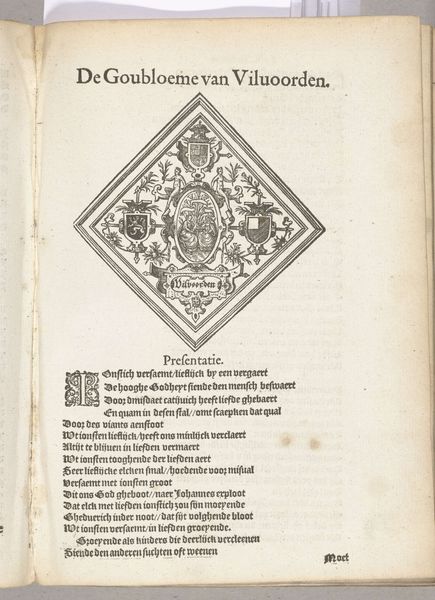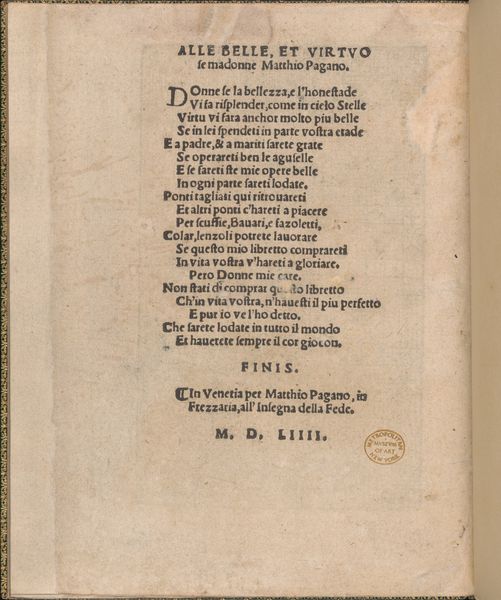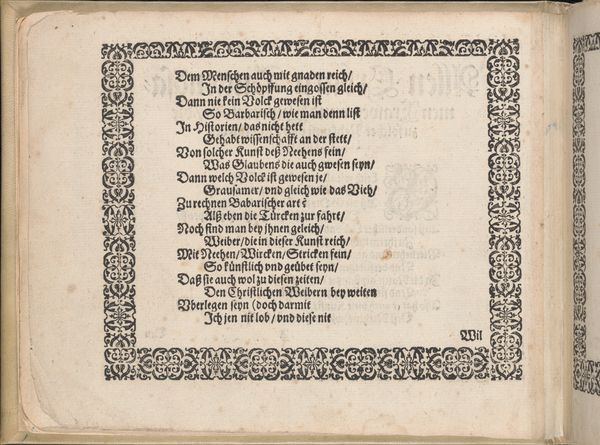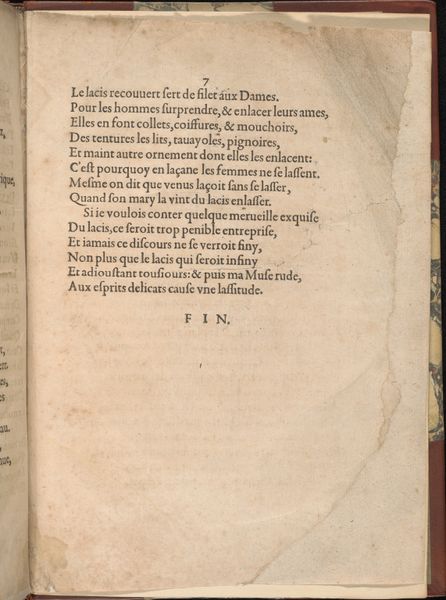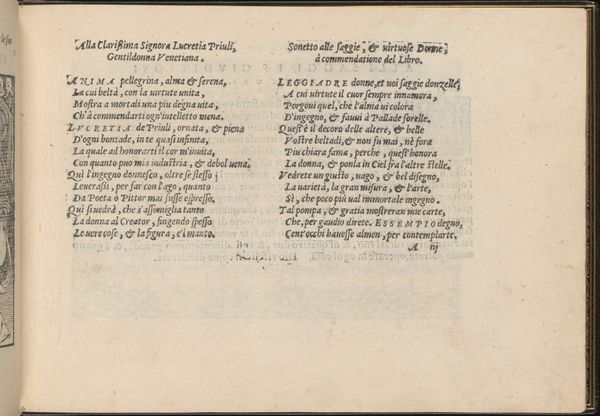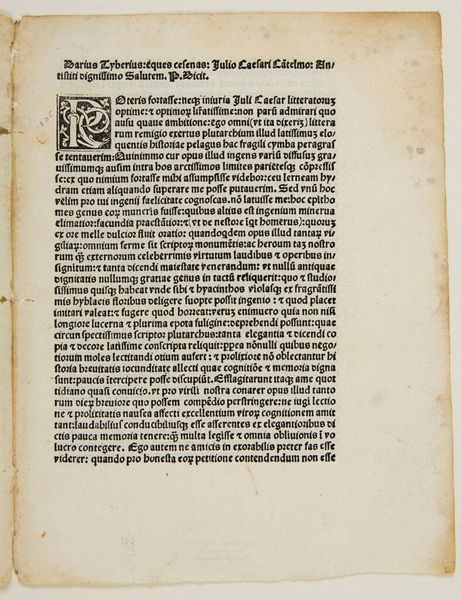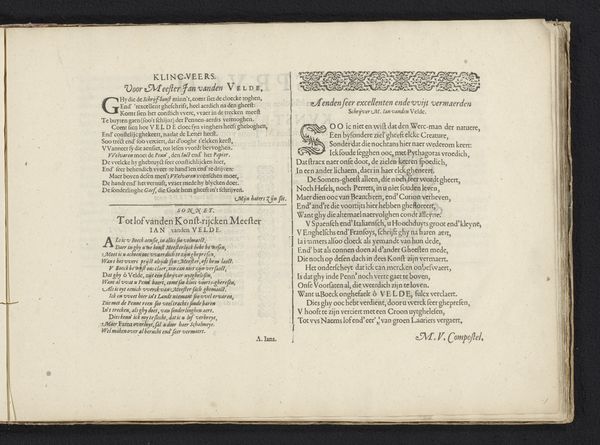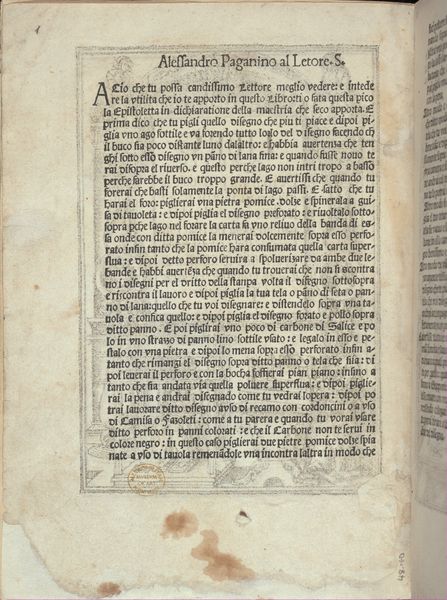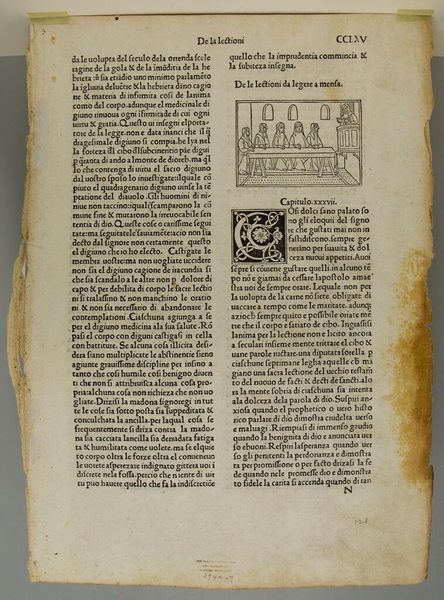
print, textile, woodcut
# print
#
textile
#
11_renaissance
#
woodcut
#
northern-renaissance
#
decorative-art
#
calligraphy
Dimensions: height 217 mm, width 153 mm
Copyright: Rijks Museum: Open Domain
Curator: Here we have an image of an opened book showing an artwork named “Blazoen van De Cauwoerde (Herentals), 1561,” created around 1561-1562. It's an anonymous work, combining woodcut and textile elements. Editor: It has this almost stoic presence, contained on the book's page, as if frozen in time and then protected by the turning of each page... What can you tell me about it? Curator: From a historical viewpoint, such printed ephemera provides a fascinating glimpse into Renaissance social dynamics. Woodcut prints often played a key role in circulating ideas and celebrating social standing. How do you see the role of print and textile here? Does it give you a sense of public proclamation? Editor: I suppose... It seems a little too ornate to be mass-produced, although that could just be modern bias, and also that it wasn't hung as an independent piece of art. Curator: Precisely! Now consider the use of Dutch language here and what that means in the socio-political landscape of the Low Countries during the Renaissance. Do you feel the choice of language amplified the artist’s impact to this specific audience? What is your reaction when considering it a very targeted type of address? Editor: Yes, using the vernacular makes the ideas in this image more accessible and makes a community for whom that's true. This creates a sort of exclusive message from that perspective, for sure. Curator: Exactly. In the public life of art during the Northern Renaissance, how a print like this, combining word and image, helped shape local identities is something that really catches my eye, what do you think? Editor: It makes me see this as more than a pretty picture. The text elevates the work, grounding it in its cultural time, as you stated, not just aesthetically. It makes you realize all the levels artwork operates on. Curator: Indeed. We’ve both gained a wider perspective on this intricate print's relevance in shaping communities, both visually and socially, in its era.
Comments
No comments
Be the first to comment and join the conversation on the ultimate creative platform.
